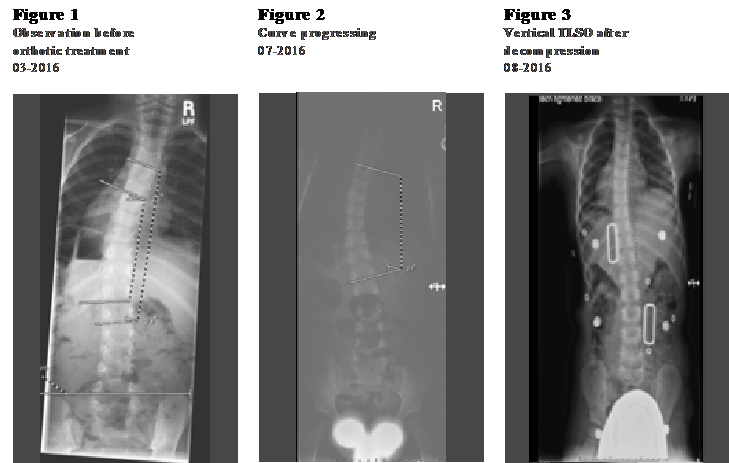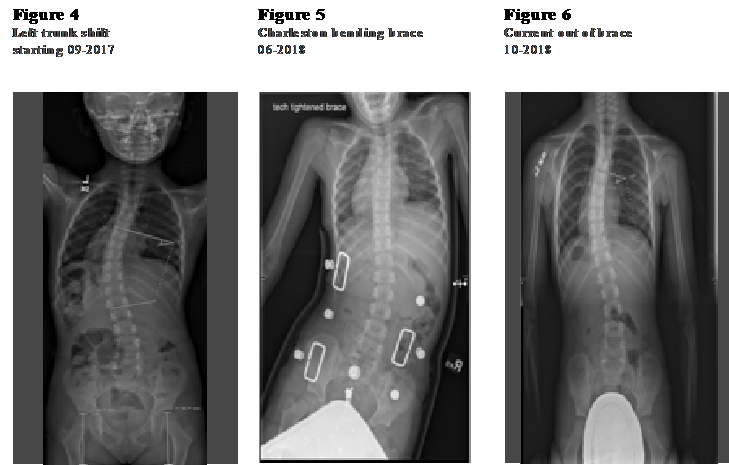Case Study:
Vertical + Horizontal TLSO Treatment in a Skeletally Immature Patient With Scoliosis
By Debra Auten, CPO, LPO
Nonoperative scoliosis treatment has long included the side-bending technique. In the late 1970s, C. Ralph Hooper Jr., CPO, and Frederick E. Reed, MD, developed a thoracolumbosacral orthosis (TLSO) for night use, utilizing a lateral bending technique. Proper measurement, fitting, and adjustment of a nighttime bending brace by a qualified orthotist has been shown to prevent the progression of curves in skeletally immature patients with adolescent idiopathic scoliosis.1
Orthotic treatment of scoliosis occurs either horizontally (nighttime treatment) or vertically (daytime treatment). In both treatment scenarios, the spine is loaded due to the effects of gravity in different planes. For skeletally immature patients with a rapidly progressing curve, both treatment scenarios may prove beneficial.
This case study features a young, female patient with scoliosis orthotically managed with a daytime TLSO in combination with a nighttime bending brace. She has a history of Chiari malformation (surgical decompression 09/2016) and cervicothoracic syrinx. The sequence of events occurred as follows:
- Observation by orthopedics at
4 years of age (Figure 1). - Curve progression noted at 4 + 4 years of age (Figure 2).
- Vertical TLSO (posterior closing with corrective scoliosis padding) treatment began at 4 + 5 years of age (Figure 3).
- Chiari malformation repair at 4 + 6 years of age.
- Despite acceptable in-brace correction and TLSO wear compliance (16-18 hours/day), the patient showed evidence of a worsening trunk shift to the left (Figure 4).
A nighttime TLSO (the Charleston bending brace) was added to the orthotic treatment regimen at
6 + 3 years of age (Figure 5). - The patient currently wears the daytime TLSO 10-12 hours per day and the Charleston bending brace 8-10 hours at night.
As of 10/2018, with a patient age of 6 +7 years, no progression of the curve has been observed since the addition of the Charleston bending brace four months ago. The patient is currently wearing her third daytime TLSO (due to growth) and her first Charleston bending brace. She is followed by orthopedists and orthotists every four months.
Debra Auten, CPO, LPO, is an orthotic and prosthetic senior clinician at Cook Children’s Orthotics & Prosthetics in Fort Worth, Texas.
References
- Price CT, Scott DS, Reed FR Jr., Sproul Jr, Riddick MF. “Nighttime Bracing for Adolescent Idiopathic Scoliosis With the Charleston Bending Brace: Long-Term Follow-Up,” J Pedia Orthop. 1997; Vol. 17, No. 6.



